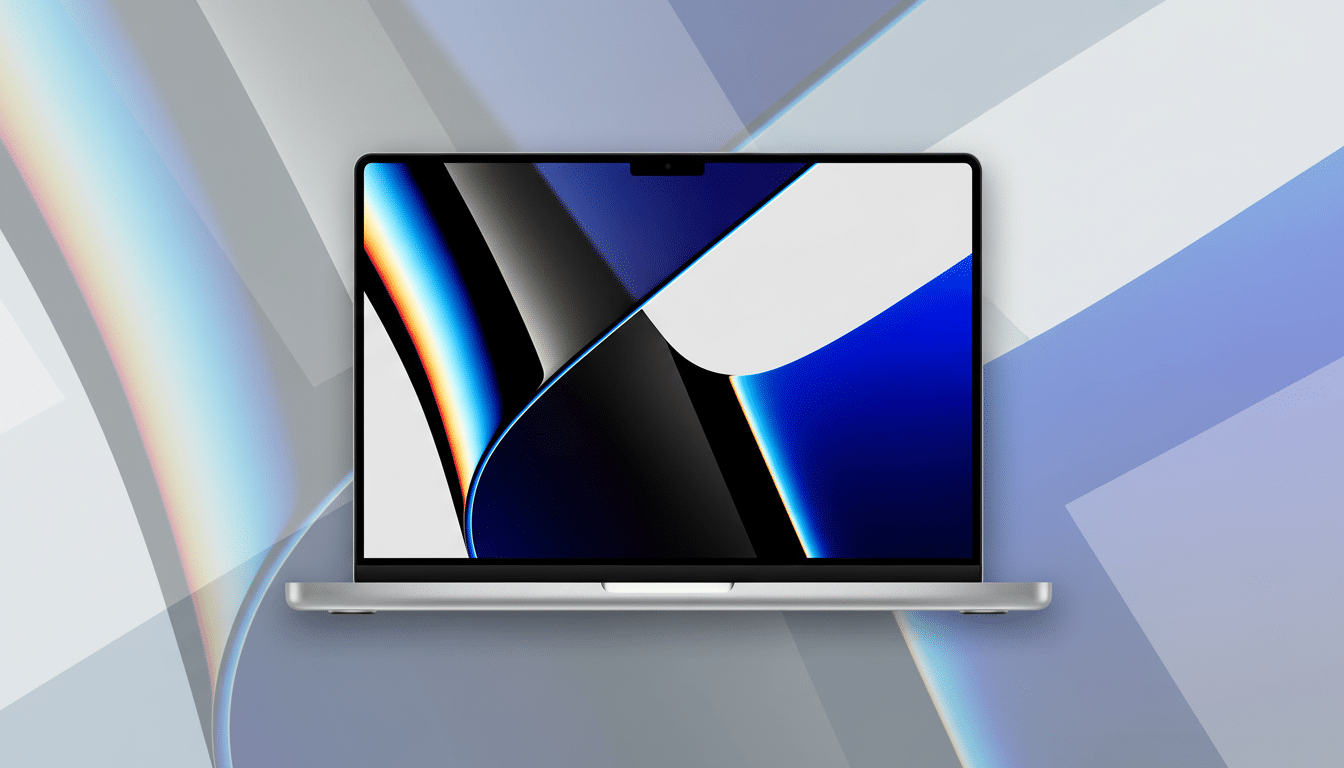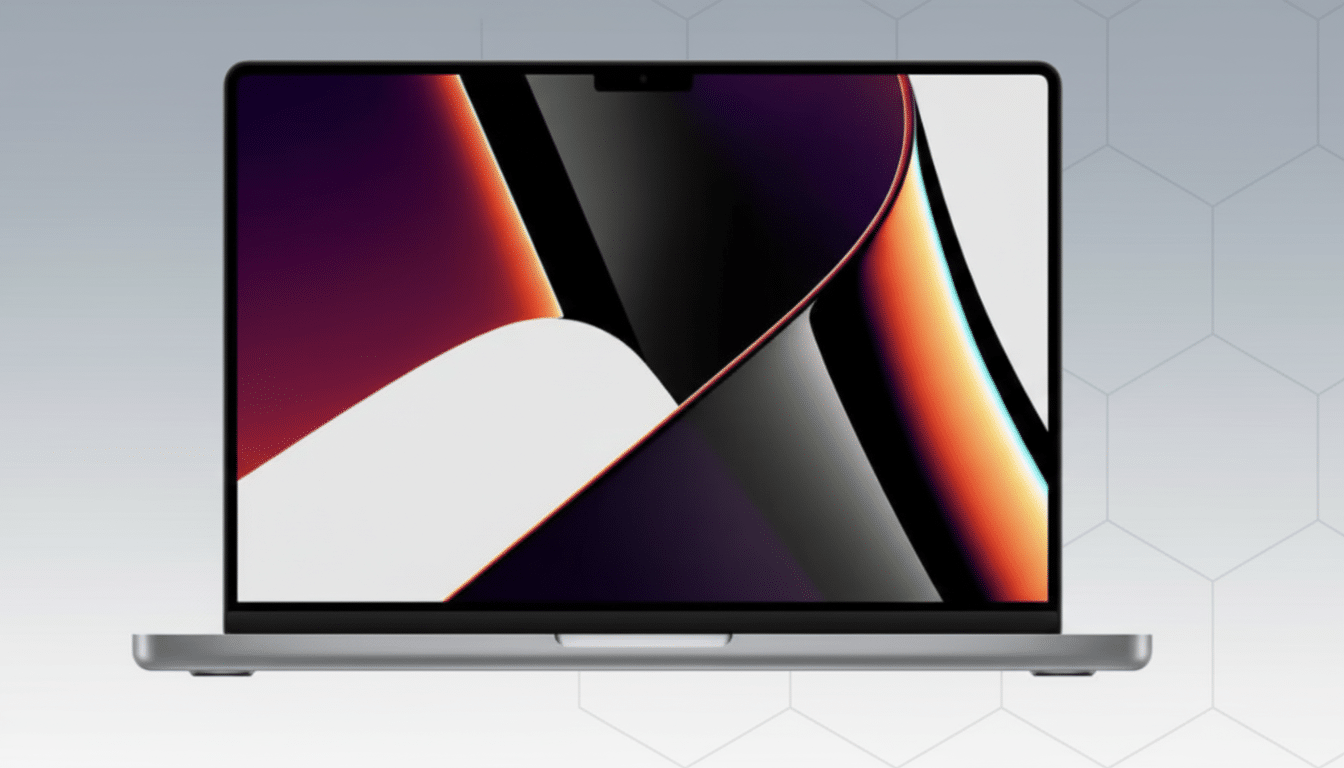Apple introduces a trio of pro-focused devices built around its new M5 chip, marking a stronger push into on‑device AI. The new 14‑inch MacBook Pro, iPad Pro, and the next‑gen Vision Pro headset all feature the 3nm M5 chip, which Apple claims offers as much as four times peak GPU AI compute compared to M4, lower compute‑to‑memory latency compared to the previous generation of products, and a 45 percent increase in hardware ray tracing performance. Here’s a clear view of the specs, prices, and where each product fits.
M5 silicon features and on‑device AI performance gains
M5 combines a 10‑core CPU — with six efficiency cores and four performance cores — paired with a 10‑core GPU featuring per‑core AI acceleration and an enhanced 16‑core Neural Engine.
- M5 silicon features and on‑device AI performance gains
- 14‑inch MacBook Pro with M5: performance and specs
- M5 iPad Pro gets more speed and even quicker charging
- Vision Pro with crisper display quality and better motion
- Prices, configurations, and how to buy across regions
- Why these M5 devices and on‑device AI shifts matter

Unified memory bandwidth increases by almost 30% to 153GB/s, providing a significant boost for large models and high‑resolution media workflows. Apple says the chip is its latest big step for on‑device AI, with performance improvements that should boost Apple Intelligence features and third‑party apps alike.
Practically speaking, this means faster local language models and the generation of diffusion images — the types of workloads creators already run in tools like Draw Things or through frameworks including MLX. Developers who rely on Metal and the Neural Engine — think Adobe, Affinity, Blackmagic — usually ship optimizations in short order, and higher bandwidth should help with sustained performance under load. Industry analysts like IDC have stressed AI‑capable systems are driving upgrades across the board, and Apple’s product line appears to be pointing at that lead.
14‑inch MacBook Pro with M5: performance and specs
The base 14‑inch MacBook Pro is now $1,599 and comes with a 10‑core CPU, 10‑core GPU, and 16GB of unified memory. Apple promises up to 3.5x AI performance compared to M4, 1.6x faster graphics, and about 20 percent better multithreaded CPU throughput. Memory bandwidth goes up to 153GB/s from 120GB/s in the previous model, giving pro apps a way to move larger data sets without waiting.
Storage gets a boost as well: The base M5 model can now be configured with up to 4 terabytes, an upper tier it used to withhold for higher‑end chips. The battery is good for up to 24 hours, while the chassis, ports, and display choices are on par with the previous generation, ensuring backward compatibility with existing workflows and docks.
M5 iPad Pro gets more speed and even quicker charging
The M5 iPad Pro is aimed at creators who want PC‑class compute in a tablet, with big performance gains across the board. Apple claims a bump in AI performance of 3.5x over the M4 iPad Pro, and up to 5.6x compared with the last‑gen M1 model. There’s new connectivity silicon — a C1X cellular modem for the cellular models and an N1 chip for Wi‑Fi, Bluetooth, and now Thread sensors, too — which marks Apple pushing further into low‑latency accessories and smart home interoperability.

Fast charging is the standout quality‑of‑life upgrade: Apple says it can reach 50% in about 30 minutes. There are two sizes in the lineup — 11 inches, starting at $999, and 13 inches at $1,299 — that share the same thin profile, anti‑reflective display coating, storage tiers, and color options as before. For digital artists and editors, the faster AI throughput combined with faster scratch storage should accelerate iteration cycles within apps ranging from LumaFusion to Procreate.
Vision Pro with crisper display quality and better motion
The latest Vision Pro now features M5 for faster applications. The more efficient on‑device processing will make web browsing and on‑device processes such as persona generation quicker. The headset’s custom micro‑OLED panels now bring 10% more pixels to the table, and the refresh rate has been raised to up to 120Hz from a former peak of 100Hz, which should help with motion clarity for both productivity work and immersive media.
Comfort gets a focus as well, with a new soft, padded Dual Knit Band made to fit securely for longer sessions. Battery life is extended by 30 minutes, reaching 2.5 hours for general use, and with SFC Video Player, about 3 hours of video playback time. Pricing holds at $3,500 for 256GB, 512GB, and 1TB configurations.
Prices, configurations, and how to buy across regions
The 10‑core CPU, 10‑core GPU, and 16GB of memory base configuration for the M5 MacBook Pro is $1,599, with storage options maxing out at 4TB. The 11‑inch M5 iPad Pro starts at $999, and the 13‑inch model starts at $1,299, with faster charging across the line. The M5 Vision Pro is priced at $3,500 and comes in three storage configurations. Preorders have opened via Apple’s online and retail stores, with availability rolling out in phases across key markets.
Why these M5 devices and on‑device AI shifts matter
It is about more than just raw speed — the message here is running more of tomorrow’s AI on your device, locally: private, low‑latency, and battery‑efficient. If you are able to get generative on‑device workflows working, or work with really large photo catalogs and complex timelines, you should see real time savings with M5’s bandwidth and GPU compute. We’ll need independent testing to confirm Apple’s claims, but on paper at least, M5 looks like the most meaningful generational improvement for a baseline chip that the company has debuted in its Mac lineup since it launched the first Apple Silicon models.

